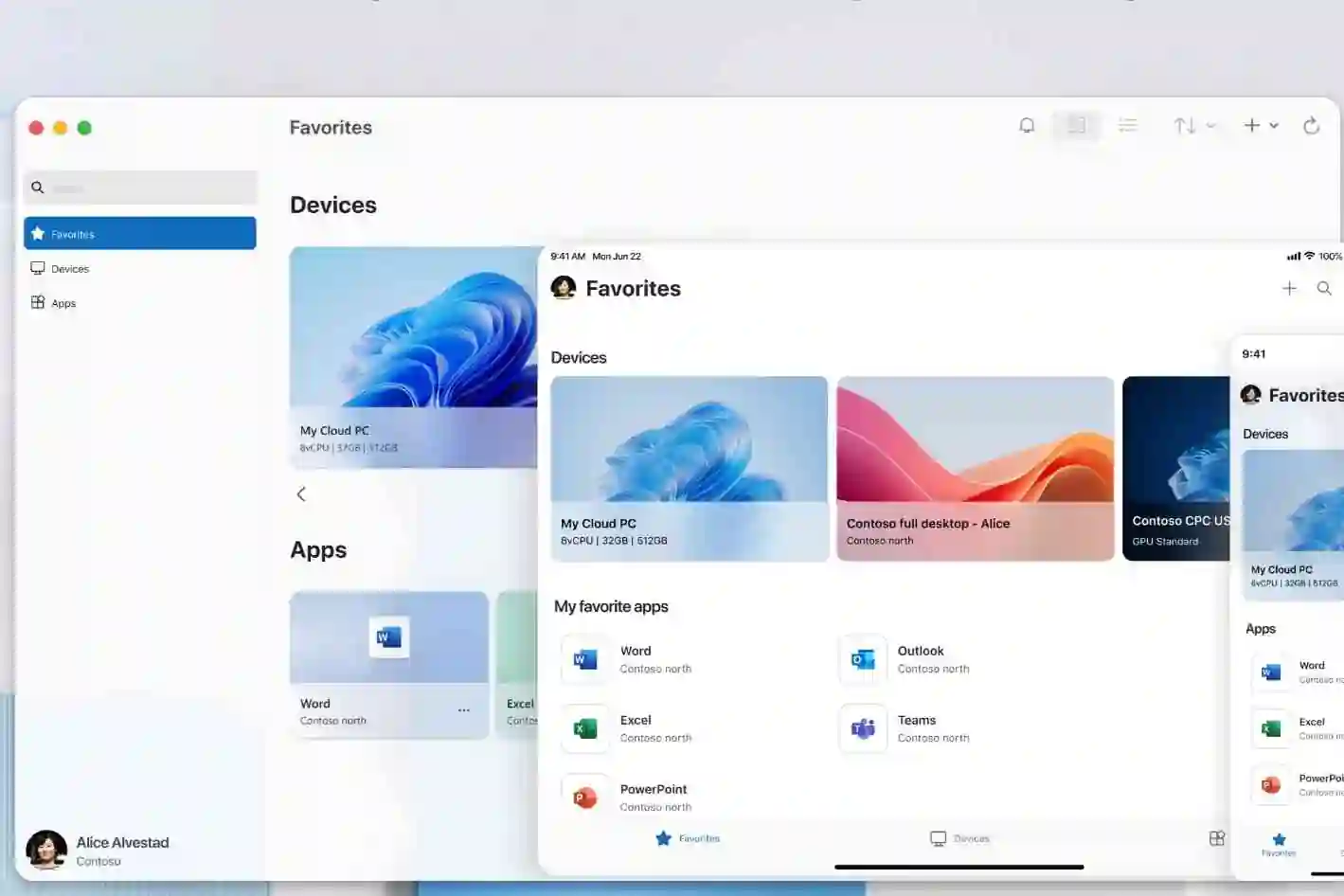When it comes to securing your financial future, choosing the right investment plan plays a vital role. Long-term wealth creation is not about chasing quick returns—it’s about building a solid foundation, staying consistent, and aligning investments with your goals. Whether you're planning for retirement, your child’s education, or financial independence, the right strategy can make all the difference.
In this post, we'll walk you through how to choose the best investment plan for long-term wealth.
1. Understand Your Financial Goals
Start by clearly defining what long-term wealth means to you. Ask yourself:
- Are you investing for retirement?
- Do you want to build a fund for your children’s education?
- Are you aiming for financial independence or early retirement?
Having a clear goal helps you decide the time horizon, risk tolerance, and the kind of returns you should aim for.
Tip: Break down your goals into short-term (1–3 years), medium-term (3–7 years), and long-term (7+ years).
2. Know Your Risk Appetite
Every investment carries some degree of risk. Understanding how much risk you're comfortable taking is crucial before choosing an investment plan.
- High risk tolerance: You might be suited for equity mutual funds, stocks, or real estate.
- Moderate risk tolerance: Balanced funds, index funds, or hybrid investments could be ideal.
- Low risk tolerance: Consider Public Provident Fund (PPF), fixed deposits, or government bonds.
Remember: Higher potential returns usually come with higher risks.
3. Diversify Your Portfolio
The key to long-term wealth is not putting all your eggs in one basket. Diversification helps you manage risk and improve overall returns.
A sample diversified portfolio may include:
- Equity mutual funds or ETFs (for growth)
- Debt mutual funds or bonds (for stability)
- Gold (as a hedge against inflation)
- Real estate (for long-term asset value)
- Fixed income instruments like PPF or FDs (for safety)
4. Invest in Equity for Long-Term Growth
Equity-based investments, especially through mutual funds and index funds, have historically delivered better inflation-adjusted returns than other asset classes over the long term.
- Mutual Funds: Professionally managed, diversified, and suitable for both beginners and experienced investors.
- Index Funds/ETFs: Low-cost, passive investment options that track market indices like Nifty 50 or Sensex.
- Direct Stocks: High potential, but require deep market understanding and regular tracking.
5. Use SIPs to Build Discipline
A Systematic Investment Plan (SIP) helps you invest a fixed amount regularly in mutual funds. It builds a habit of investing and averages your cost over time through rupee cost averaging.
Pro tip: Even a SIP of ₹1,000/month can grow into a significant corpus over 15–20 years.
6. Review and Rebalance Periodically
Choosing an investment plan isn’t a one-time task. Review your portfolio at least once a year to:
- Track progress toward goals
- Rebalance your asset allocation
- Adjust based on life changes (marriage, job, child, etc.)
- Respond to market dynamics
Set a date every year to “check in” on your investments like a financial health check-up.
7. Get Professional Advice When Needed
If you're unsure where to start or how to structure your investments, consult a SEBI-registered financial advisor. They can help you create a personalized investment plan based on your goals, income, and risk tolerance.
Final Thoughts
Building long-term wealth isn’t about finding the “best” investment with the highest returns—it’s about finding the right mix of investments that match your personal goals and risk profile. Be consistent, stay patient, and let the power of compounding work in your favor.
Remember, time in the market is more important than timing the market.
📌 Quick Checklist to Choose the Best Investment Plan:
✅ Define your goals
✅ Know your risk appetite
✅ Choose suitable asset classes
✅ Diversify across equity, debt, and other assets
✅ Use SIPs for disciplined investing
✅ Review and rebalance periodically
✅ Seek expert advice if needed












